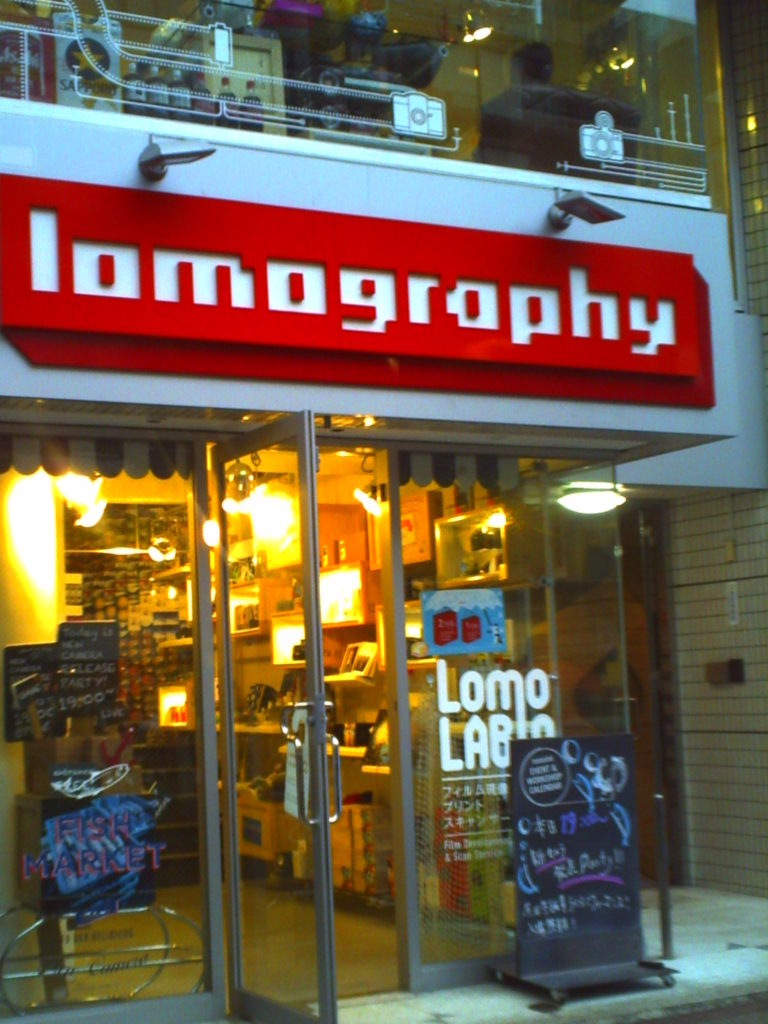Digital Harinezumi 2 review
Six months ago I bought the latest addition to my camera collection, the Digital Harinezumi 2. The Harinezumi belongs to the toy camera category of cameras which is immensely popular here in Tokyo. This category encompasses cameras which were released as toys as well as cameras that were meant to be taken seriously but fail due to the manufacturers’ choice of materials, sensor etc. There are also the new ones, released after the term toy cameras was coined and these ones were designed to be toy cameras from the start.

Photos in broad daylight are not bad, but don’t offer a special look.
From an objective point of view toy cameras are pretty much crap – you see vignetting, color casts and so on. But they are not predictable, meaning unless you are shooting plants you have one shot and that’s it. My first digital camera, a Vivitar Vivicam could turn even a bright scene into a depressing and melancholic picture. This camera was later put into the toy camera category.

Unusual photos are possible however.
The Digital Harinezumi is amazingly small and its size suggests that it works with film. It is a digital camera however and saves photos and videos on a Micro SD, the slot is located slightly above the battery.
The camera uses CR2 batteries which are usually not available in stores as rechargeable batteries. A lithium one is recommended, but even these ones don’t last long if both video and photo mode are used. In the end, I ordered rechargeable batteries and a recharger. The Harinezumi can be mounted on a tripod which is quite an interesting sight. Since toy cameras are all about the fun, I use a Gorillapod with the camera.
There is no real viewfinder in photo mode, but you can look through a plastic frame. This is a deliberate design decision, making your photos more random. Other technical data: image resolution 2048×1536 (3 MP) or 1024×768, ISO 100 or 800, self timer and a black/white mode that is activated if you go through the menu and press ok twice once you leave it. There’s one switch left and that’s for the macro mode (3 cm). Sound is recorded through a small microphone.
Unfortunately, the color photos and videos have nowhere the Super-8 quality that the first model was famous for. If not for the higher resolution (640×480), the Harinezumi color videos would look like very cheap cellphone camera videos. This is a video I shot mostly in color mode:
Note that the color hack, which allowed to change the color tint on a Harinezumi 1, is not available on the second model. The videos don’t look attractive in a lo-fi way, but fortunately there is still the black/white mode:
There is no way to shoot Super8 style videos with the Harinezumi 2 but the black/white mode is decent. Otherwise the first model is the better choice, although it offers no sound recording. Both models are great for surprising people, I’m getting lots of curious stares when people see me using this tiny device to take photos.
SuperHeadz added more models to the Harinezumi 2, the most recent one Harinezumi 2+++ offers additional color modes but keeps the form factor. Image quality is comparable to the Harinezumi 2.



